Home>Furniture & Design>Living Room Furniture>How High Should A Light Be Above A Dining Table
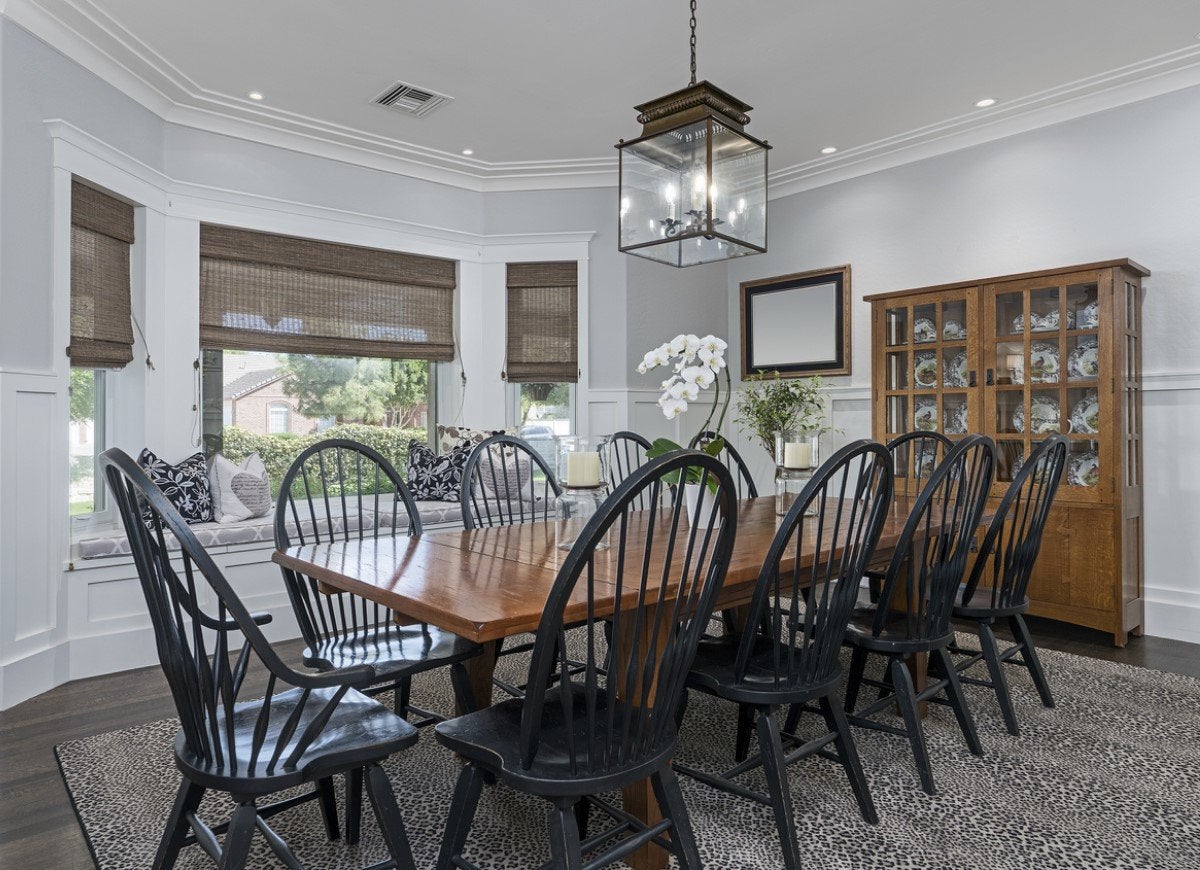

Living Room Furniture
How High Should A Light Be Above A Dining Table
Modified: May 6, 2024
Discover the ideal height for a dining table light in your living room. Explore expert tips on living room furniture and design.
(Many of the links in this article redirect to a specific reviewed product. Your purchase of these products through affiliate links helps to generate commission for Storables.com, at no extra cost. Learn more)
Introduction
When it comes to creating an inviting and functional dining space, lighting plays a crucial role. The positioning of lights above a dining table can significantly impact the ambiance and practicality of the area. Whether you're enjoying a cozy family dinner or hosting a lively gathering, the proper placement of lighting can enhance the overall dining experience.
In this comprehensive guide, we'll delve into the essential factors to consider when determining the ideal height for lights above a dining table. From the aesthetics to the practical aspects, we'll explore the key elements that influence this decision. Additionally, we'll provide valuable recommendations and practical tips to help you achieve the perfect balance of form and function in your dining area. So, let's shed some light on the optimal positioning of dining table lights!
Key Takeaways:
- Achieving the perfect dining table lighting involves considering ceiling height, fixture design, and personal style. Follow recommended heights for chandeliers, pendants, and more to create a well-lit and inviting dining space.
- When hanging lights above a dining table, remember to coordinate with table shape, consider clearance, and incorporate dimmer controls for customizable illumination. By harmonizing with decor and testing different heights, you can create a visually appealing and functional lighting arrangement.
Factors to Consider
Several crucial factors come into play when determining the optimal height for lights above a dining table. Understanding these elements is essential for achieving a harmonious and functional lighting arrangement in your dining area.
- Ceiling Height: The height of your ceiling is a fundamental consideration when determining the placement of dining table lights. In spaces with standard ceiling heights, the positioning may differ from that in rooms with higher or vaulted ceilings. The goal is to strike a balance between the light fixture and the surrounding space, ensuring that the light is neither too close to nor too distant from the tabletop.
- Light Fixture Size and Design: The dimensions and design of the light fixture itself are pivotal in determining the ideal height above the dining table. Factors such as the fixture’s width, length, and overall style influence how it interacts with the space. For instance, a larger chandelier may necessitate a higher suspension to avoid overpowering the area visually.
- Table Size and Shape: The dimensions and shape of the dining table are key considerations when positioning lights. A long, rectangular table may require multiple fixtures or a linear suspension, while a round table typically pairs well with a single centrally positioned light. The goal is to ensure that the lighting adequately covers the table’s surface while complementing its shape and proportions.
- Light Intensity and Spread: Understanding the desired illumination level and spread is crucial. Factors such as the light fixture’s wattage, the type of bulbs used, and the intended ambiance all play a role in determining the ideal height. For instance, pendant lights positioned too low may create glare or cast harsh shadows, while lights hung too high might result in insufficient illumination for dining activities.
- Personal Preferences and Aesthetics: Individual preferences and the desired aesthetic impact should not be overlooked. The ambiance you wish to create, whether it’s a warm, intimate setting or a bright, lively atmosphere, can influence the positioning of dining table lights. Additionally, the overall interior design style and the desired focal points within the dining area should inform the placement of the light fixture.
Considering these factors collectively will guide you in determining the optimal height for lights above your dining table, ensuring a balanced and visually appealing lighting arrangement that complements the space and enhances the dining experience.
Recommended Height for Different Types of Lights
When it comes to hanging lights above a dining table, the type of light fixture you choose greatly influences the recommended height for optimal functionality and visual appeal. Different types of lights require varying suspension heights to achieve the desired lighting effect and practicality. Here’s a guide to the recommended heights for commonly used dining table light fixtures:
- Chandeliers: For standard 8-foot ceilings, a chandelier should typically be positioned around 30 to 34 inches above the tabletop. In spaces with higher ceilings, the bottom of the chandelier can be raised 3 inches for every additional foot of ceiling height.
- Pendant Lights: When using a single pendant light, it is generally recommended to hang it approximately 28 to 32 inches above the table surface. If multiple pendants are employed, they should be spaced evenly and maintain the same height guidelines for a cohesive look.
- Linear Suspension or Multi-Light Fixture: In the case of a linear suspension or multi-light fixture, the bottom of the fixture should typically hang around 30 to 36 inches above the tabletop. This ensures even illumination across the length of the table.
- Flush Mount or Semi-Flush Mount Lights: These types of fixtures are typically installed closer to the ceiling and may not be directly above the table. However, they should be positioned so that the light adequately covers the dining area without creating harsh shadows or glare.
- Adjustable Pendant Lights: If you opt for adjustable pendant lights, consider the flexibility they offer in terms of height adjustment. This allows you to customize the suspension to suit your specific lighting and aesthetic preferences.
Keep in mind that these recommended heights serve as general guidelines and can be adjusted based on individual preferences and specific room characteristics. It’s essential to consider the factors mentioned earlier, such as ceiling height, table size, and personal aesthetic preferences, when determining the ideal height for your dining table lights.
The bottom of the light fixture should be 30-36 inches above the table surface for an 8-foot ceiling. Add 3 inches for every additional foot of ceiling height.
Tips for Hanging Lights Above a Dining Table
When it comes to hanging lights above a dining table, several practical tips can help you achieve an aesthetically pleasing and functional lighting arrangement. These tips take into account various aspects, from installation considerations to creating the desired ambiance. Here are valuable tips for hanging lights above your dining table:
- Consider the Scale: Ensure that the size and scale of the light fixture are proportionate to the dining table. A general rule of thumb is to select a fixture that is approximately half to three-quarters the width of the table for a balanced visual impact.
- Coordinate with Table Shape: The shape of the dining table should influence the choice of lighting. For instance, a linear suspension may complement a rectangular table, while a round table may be accentuated by a centrally positioned pendant or chandelier.
- Account for Clearance: Take into consideration the space above the table to ensure there is adequate clearance for the light fixture. This is particularly important for taller individuals and to prevent any obstructions during dining activities.
- Layer the Lighting: Consider incorporating multiple light sources to create layered lighting. This can include ambient lighting from the main fixture, supplemented by accent lighting such as wall sconces or buffet lamps to enhance the overall ambiance.
- Dimmer Controls: Installing dimmer switches offers flexibility in adjusting the light intensity to suit various occasions and moods. This allows for customizable illumination, whether it’s a formal dinner or a relaxed gathering.
- Ensure Proper Installation: It’s crucial to ensure that the light fixture is securely installed and properly anchored to support its weight. If uncertain, consulting a professional for installation can provide peace of mind and safety.
- Harmonize with Decor: Consider the overall interior decor and style of the dining area when selecting a light fixture. Whether it’s a modern, minimalist design or a more traditional aesthetic, the fixture should harmonize with the existing decor to create a cohesive look.
- Test the Height: Before finalizing the positioning, experiment with the height of the light fixture to assess its visual impact and functionality. This can involve temporarily suspending the fixture at different heights to determine the most suitable placement.
By taking these tips into consideration, you can ensure that the lighting above your dining table not only illuminates the space effectively but also contributes to the overall aesthetic and ambiance, enhancing the dining experience for you and your guests.
Conclusion
Choosing the optimal height for lights above a dining table involves a thoughtful consideration of various factors, from the room’s dimensions to personal preferences. By carefully evaluating the ceiling height, light fixture design, table size, and desired ambiance, you can achieve a well-balanced and visually appealing lighting arrangement that enhances the functionality and aesthetic of your dining area.
Understanding the recommended heights for different types of light fixtures provides a valuable starting point, allowing you to make informed decisions based on the specific characteristics of your dining space. From chandeliers to pendant lights, each type of fixture offers unique opportunities to elevate the dining experience while contributing to the overall decor.
Implementing practical tips, such as coordinating the lighting with the table shape, considering clearance, and incorporating dimmer controls, enables you to tailor the lighting to suit your needs and preferences. Additionally, ensuring proper installation and harmonizing the fixture with the existing decor are essential steps in creating a cohesive and inviting dining environment.
Ultimately, the ideal height for lights above a dining table is not merely a matter of practicality but also a means of enhancing the atmosphere and visual appeal of the space. By striking a harmonious balance between form and function, you can transform your dining area into a welcoming and well-illuminated setting for memorable gatherings and everyday meals.
With this comprehensive guide, you’re equipped with the knowledge and insights to make informed decisions when positioning lights above your dining table, ensuring that your dining area is beautifully illuminated and inviting for all occasions.
Now that you've mastered the art of positioning lights above your dining table, why not elevate the ambiance with the latest trends in dazzling overhead fixtures? Check out our article on stunning chandeliers that promise to transform any dining space into a spectacle of light and luxury in 2024. Also, consider enhancing your table's appeal by discovering creative and stylish options for centerpieces that truly complement your dining area's aesthetic. Both reads are packed with useful insights to refine and perfect your dining room's look and feel.
Frequently Asked Questions about How High Should A Light Be Above A Dining Table
Was this page helpful?
At Storables.com, we guarantee accurate and reliable information. Our content, validated by Expert Board Contributors, is crafted following stringent Editorial Policies. We're committed to providing you with well-researched, expert-backed insights for all your informational needs.
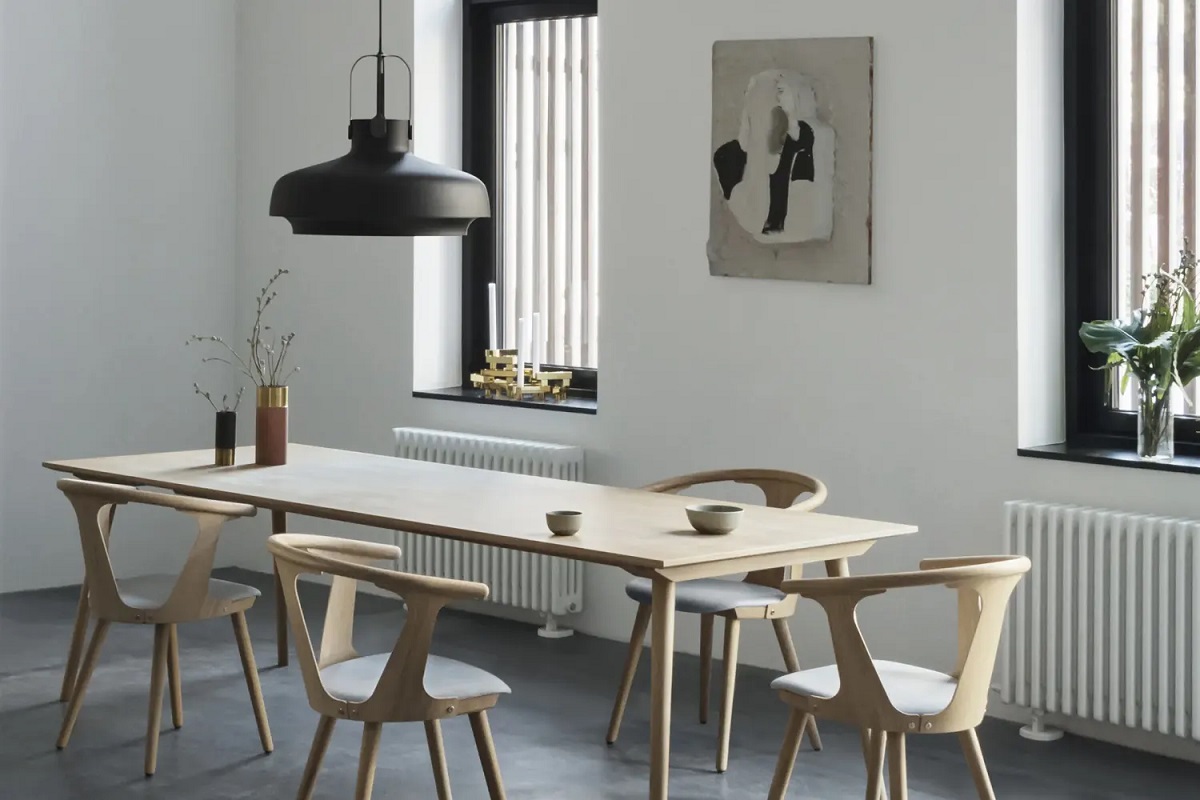
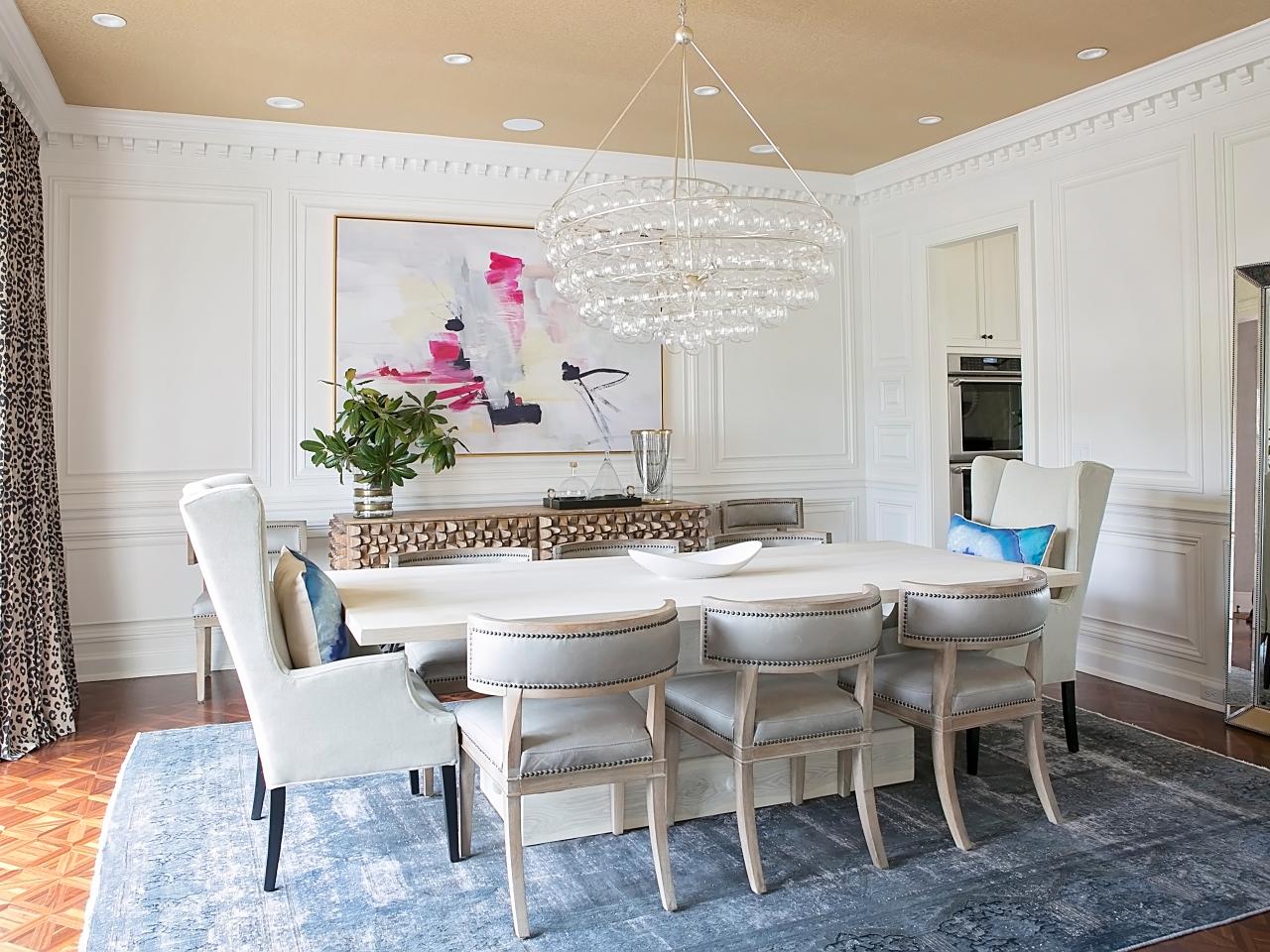
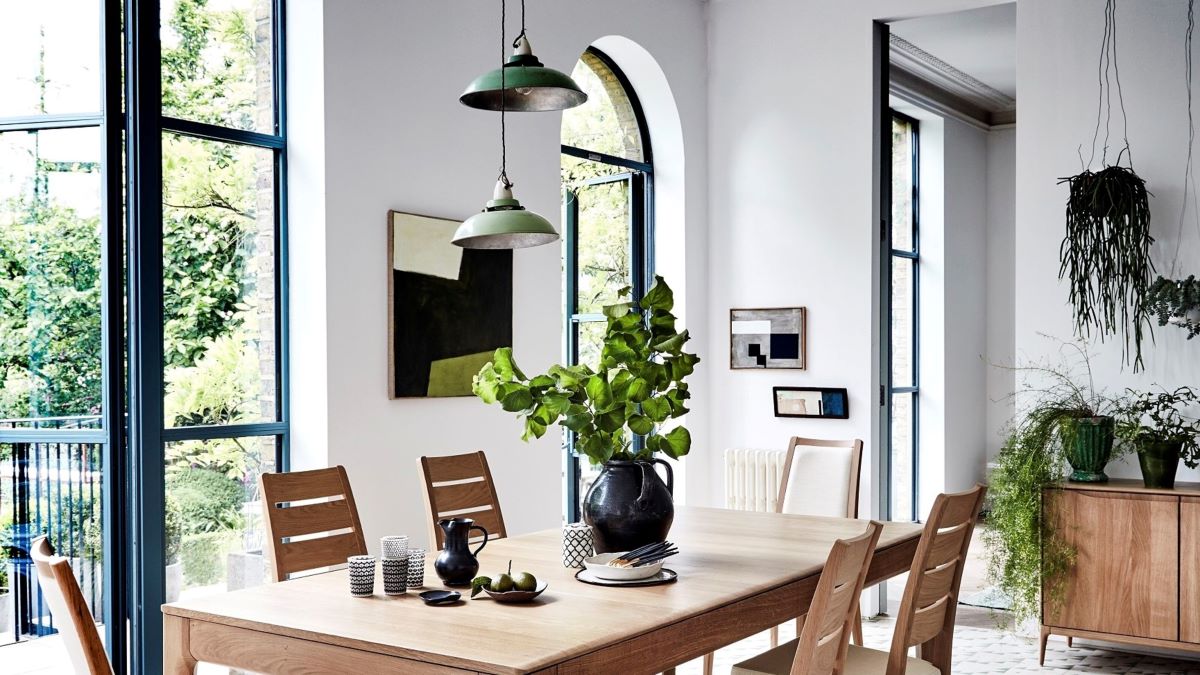
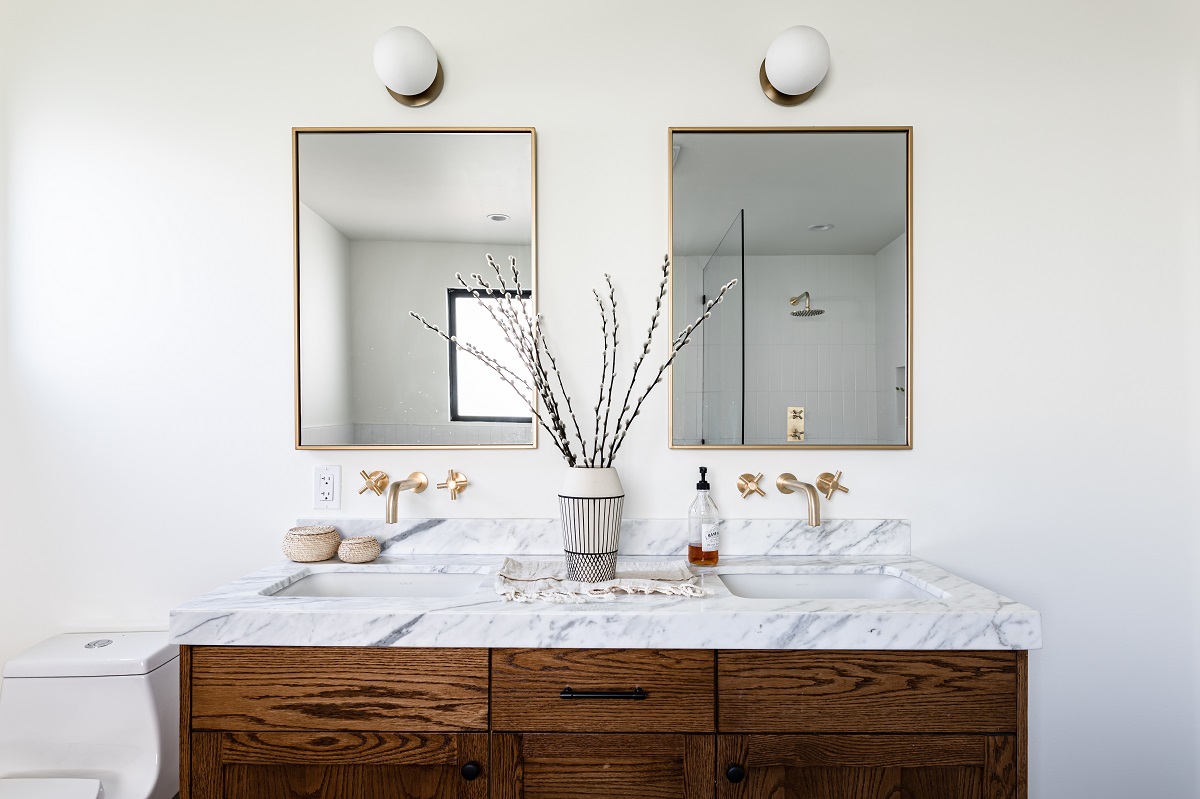
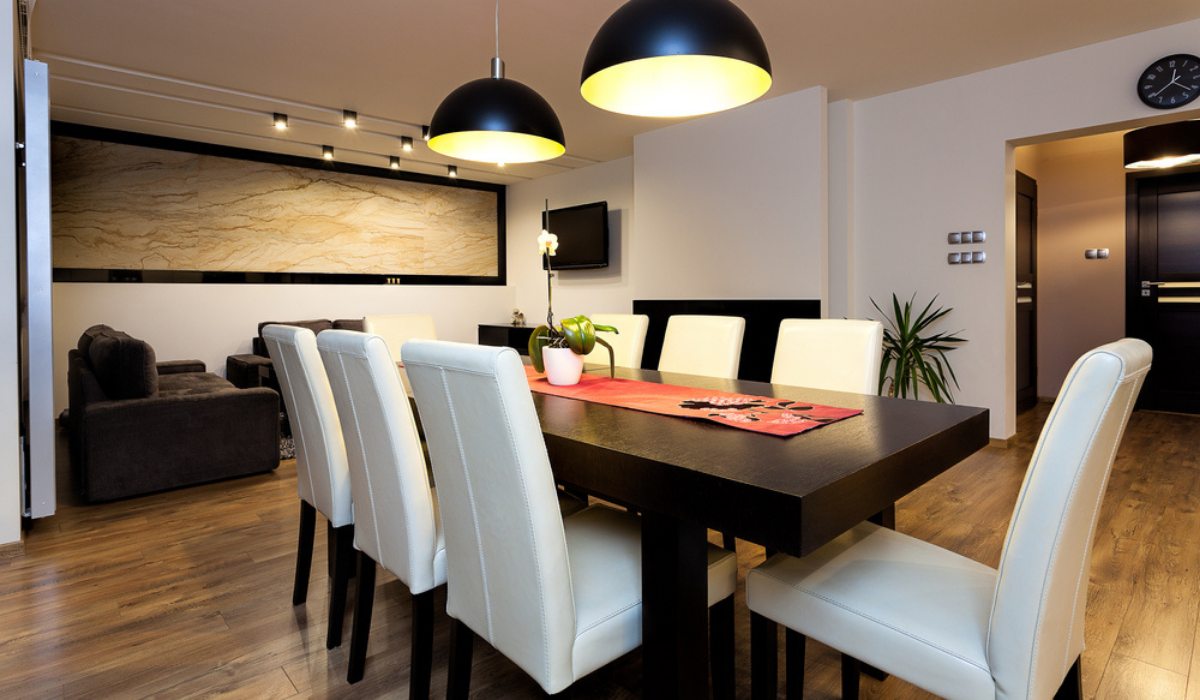
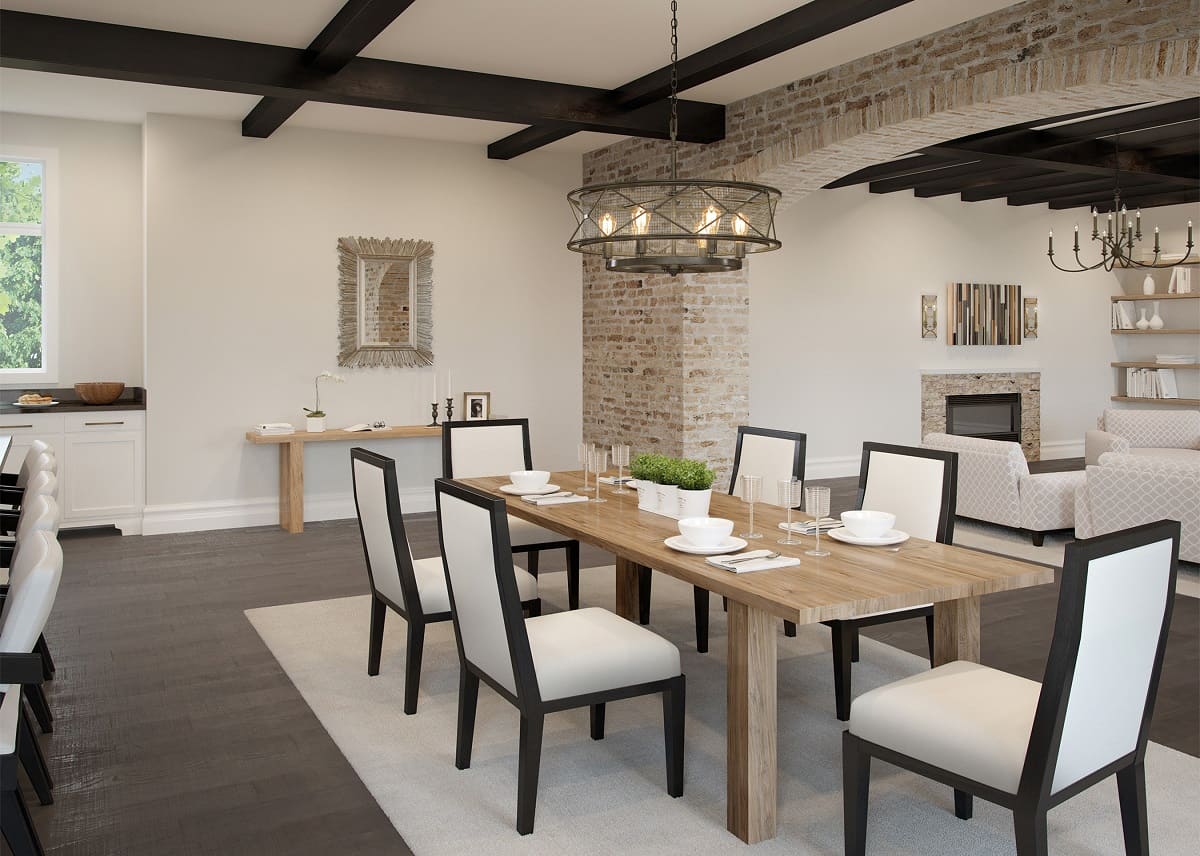
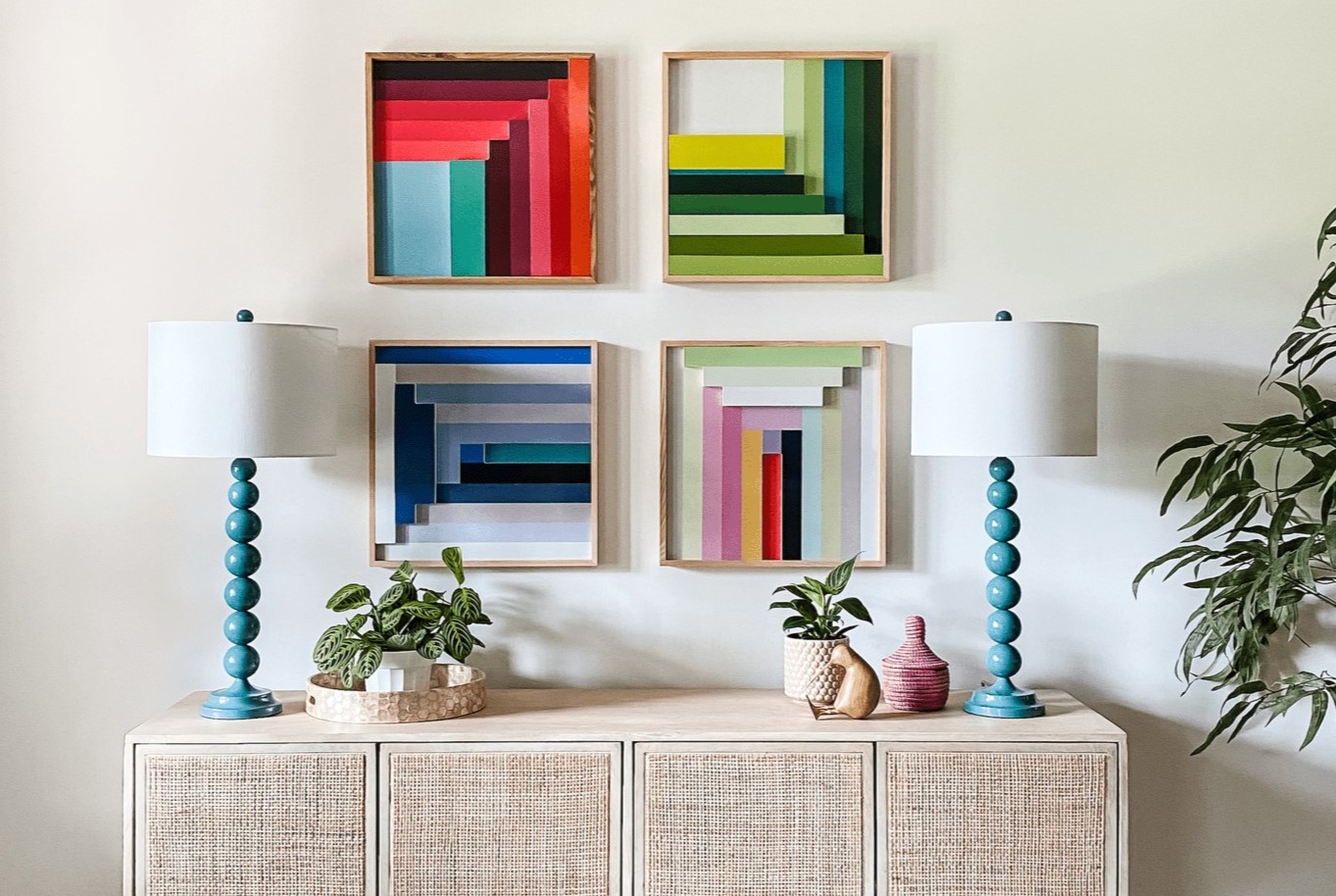
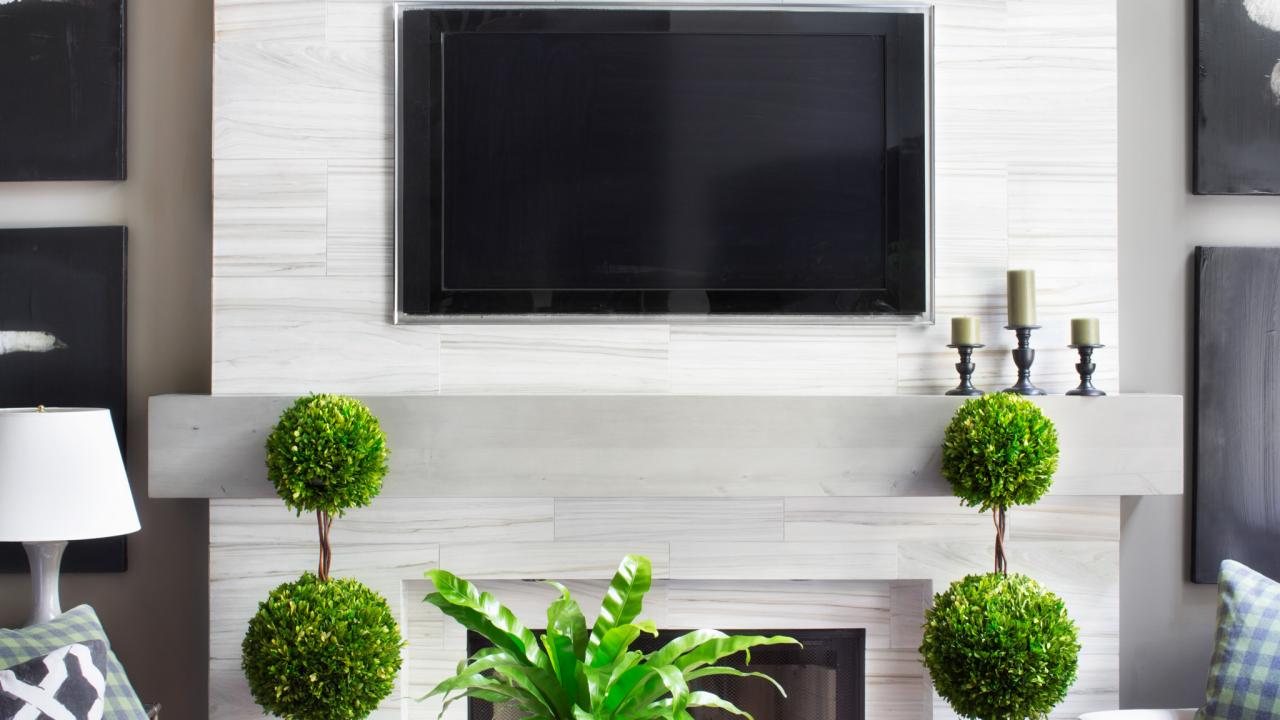
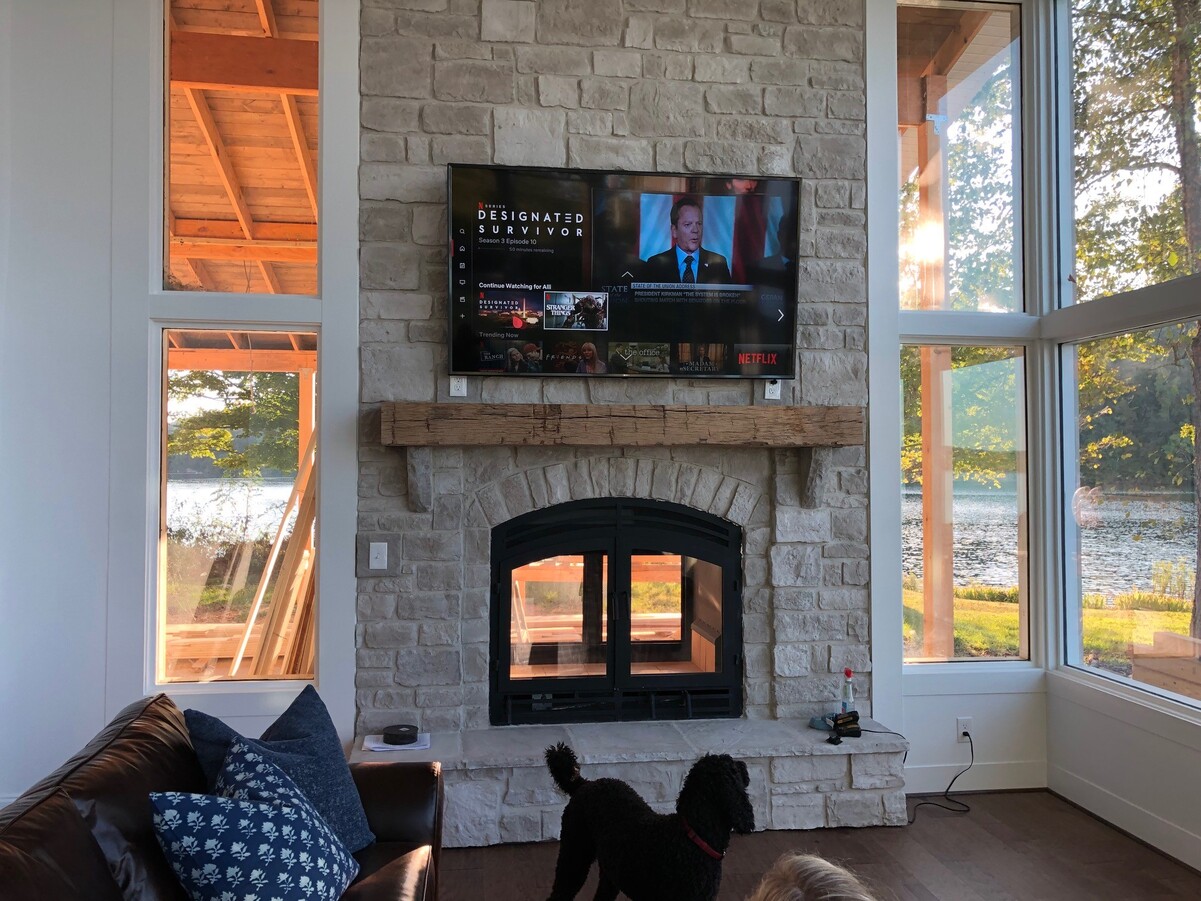
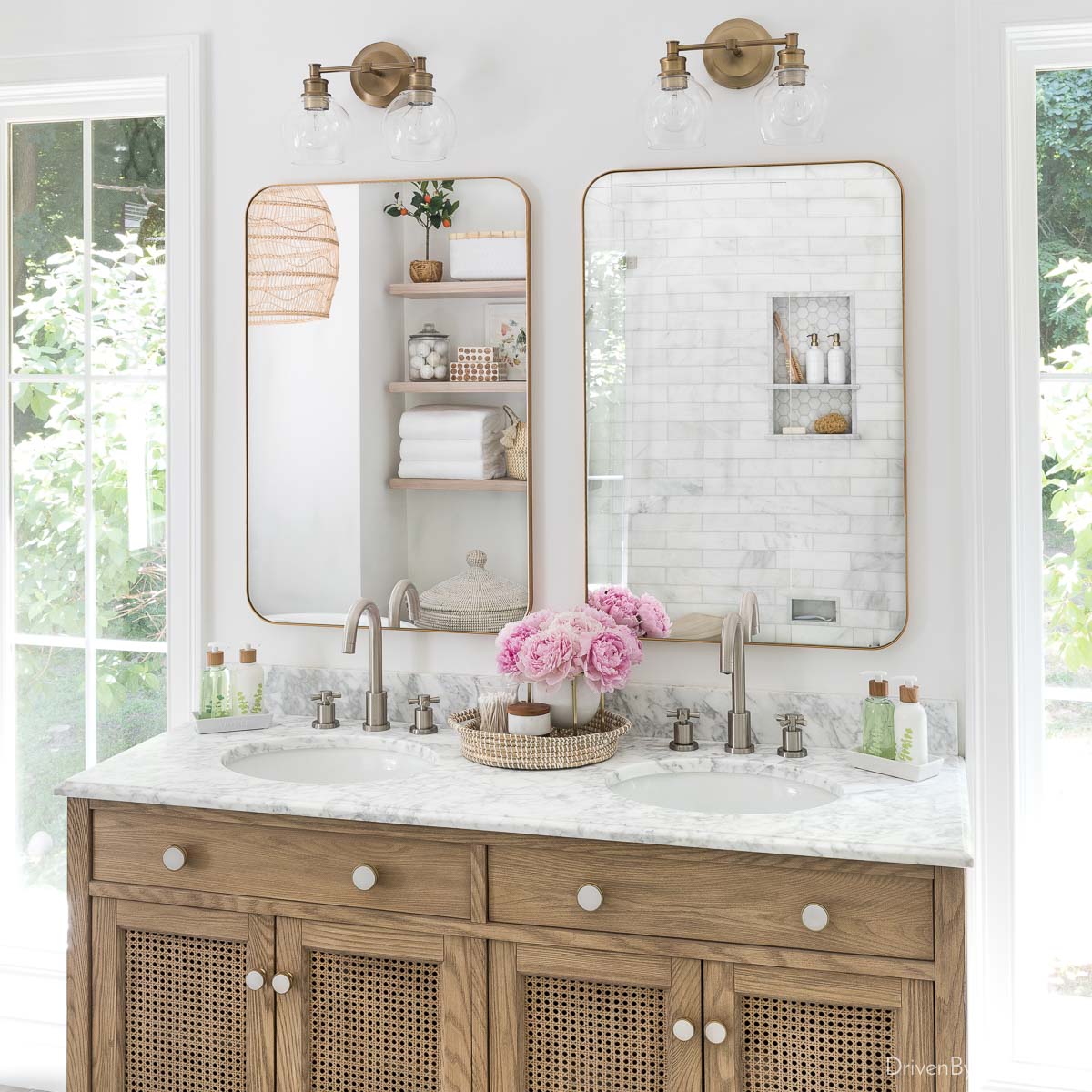
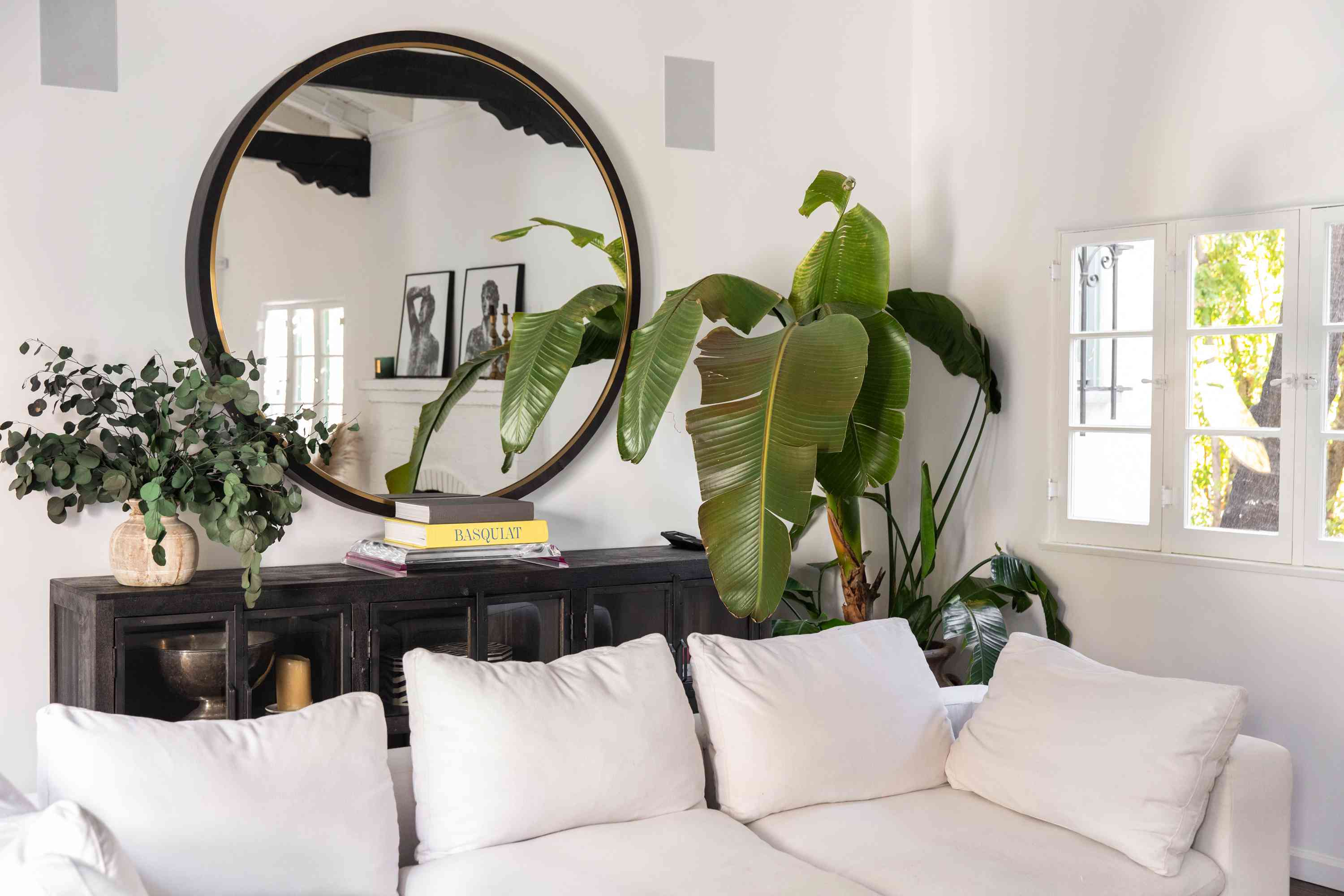
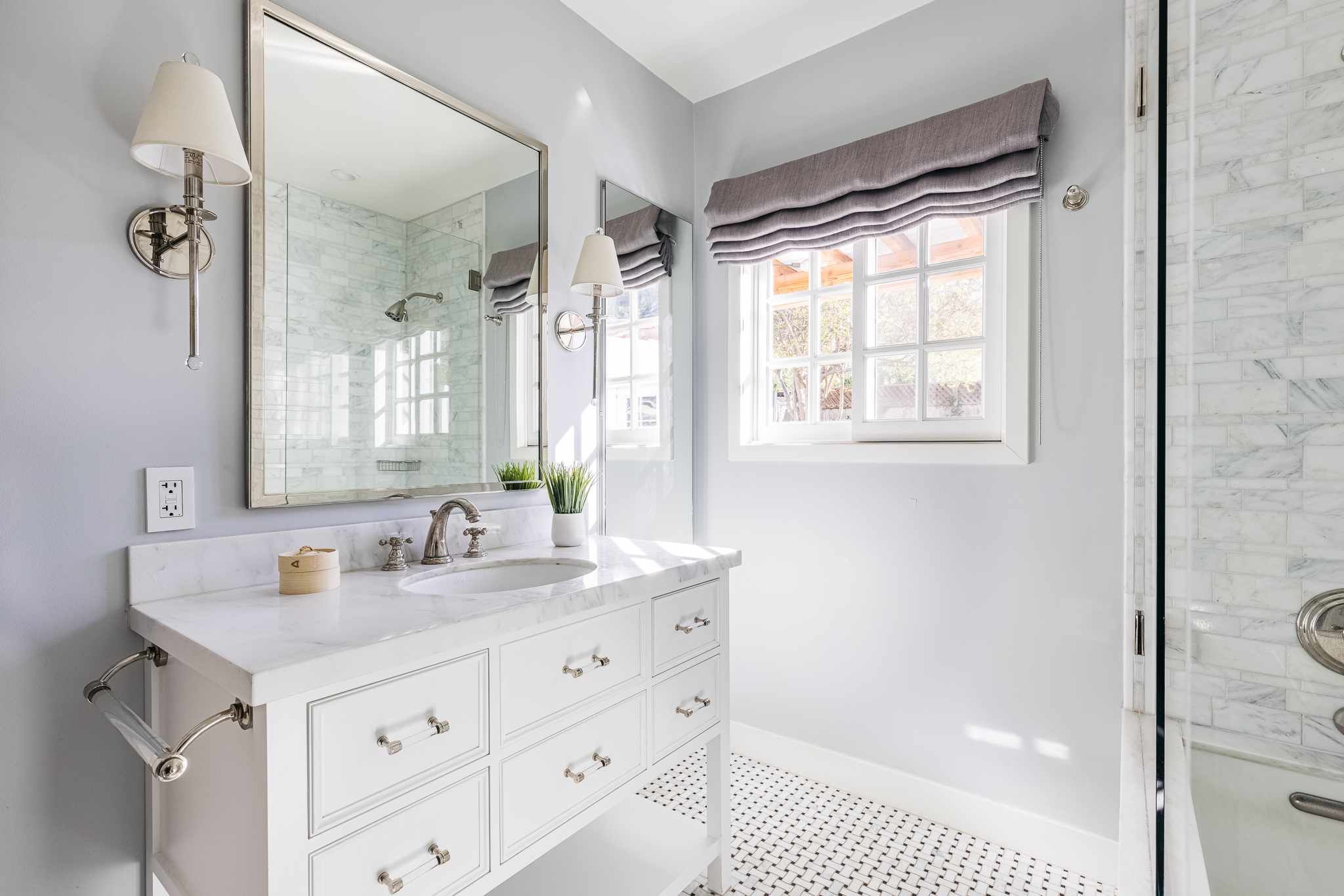
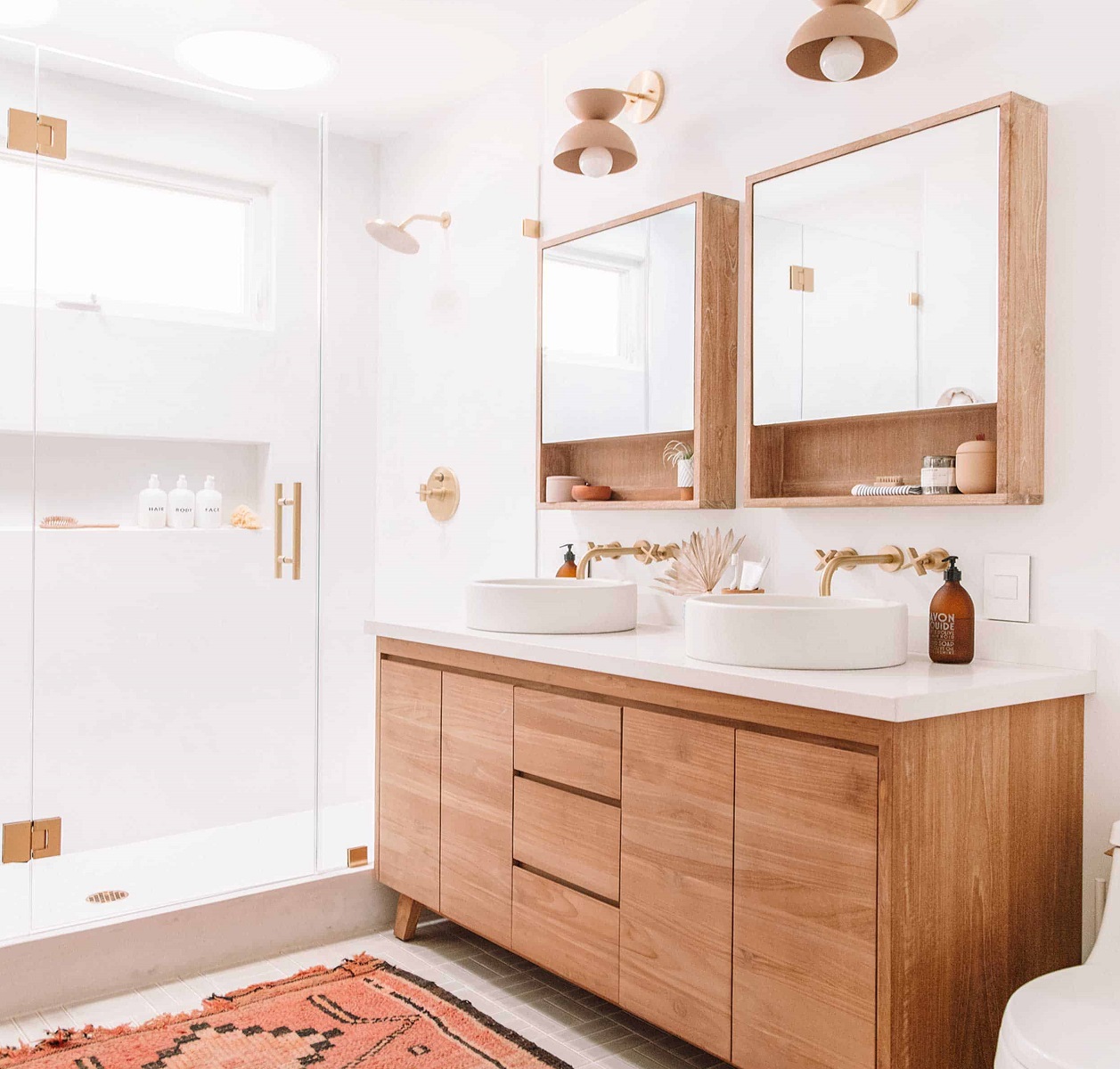
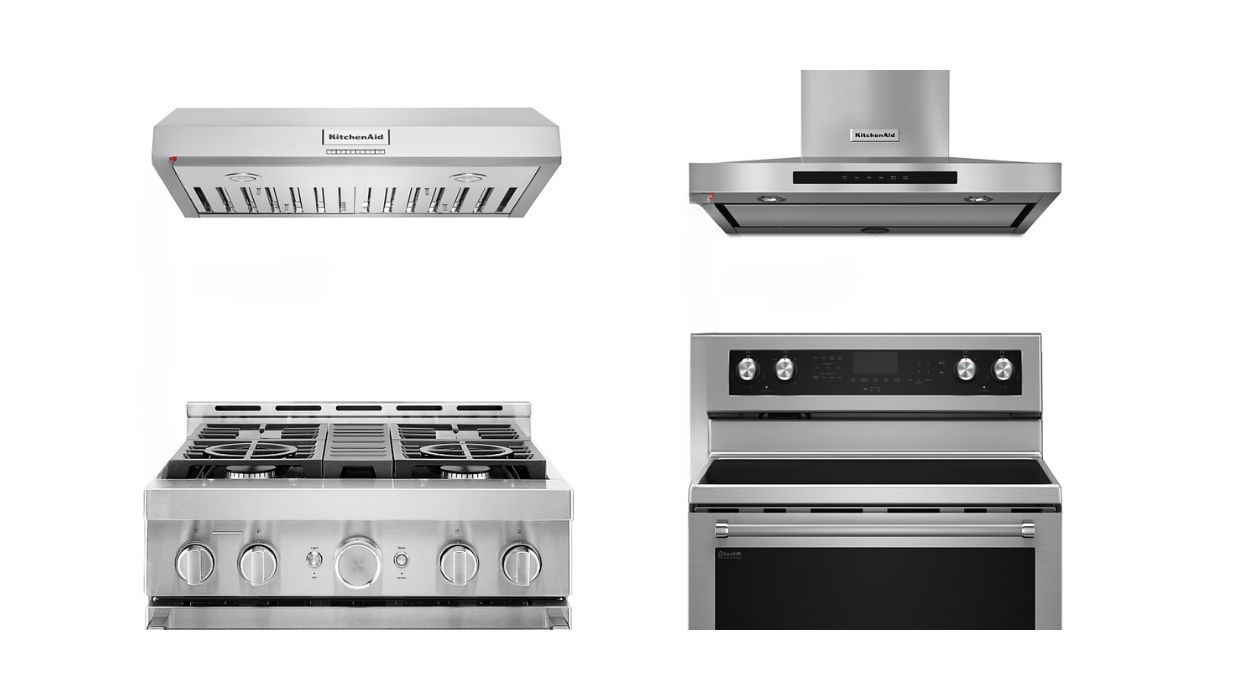
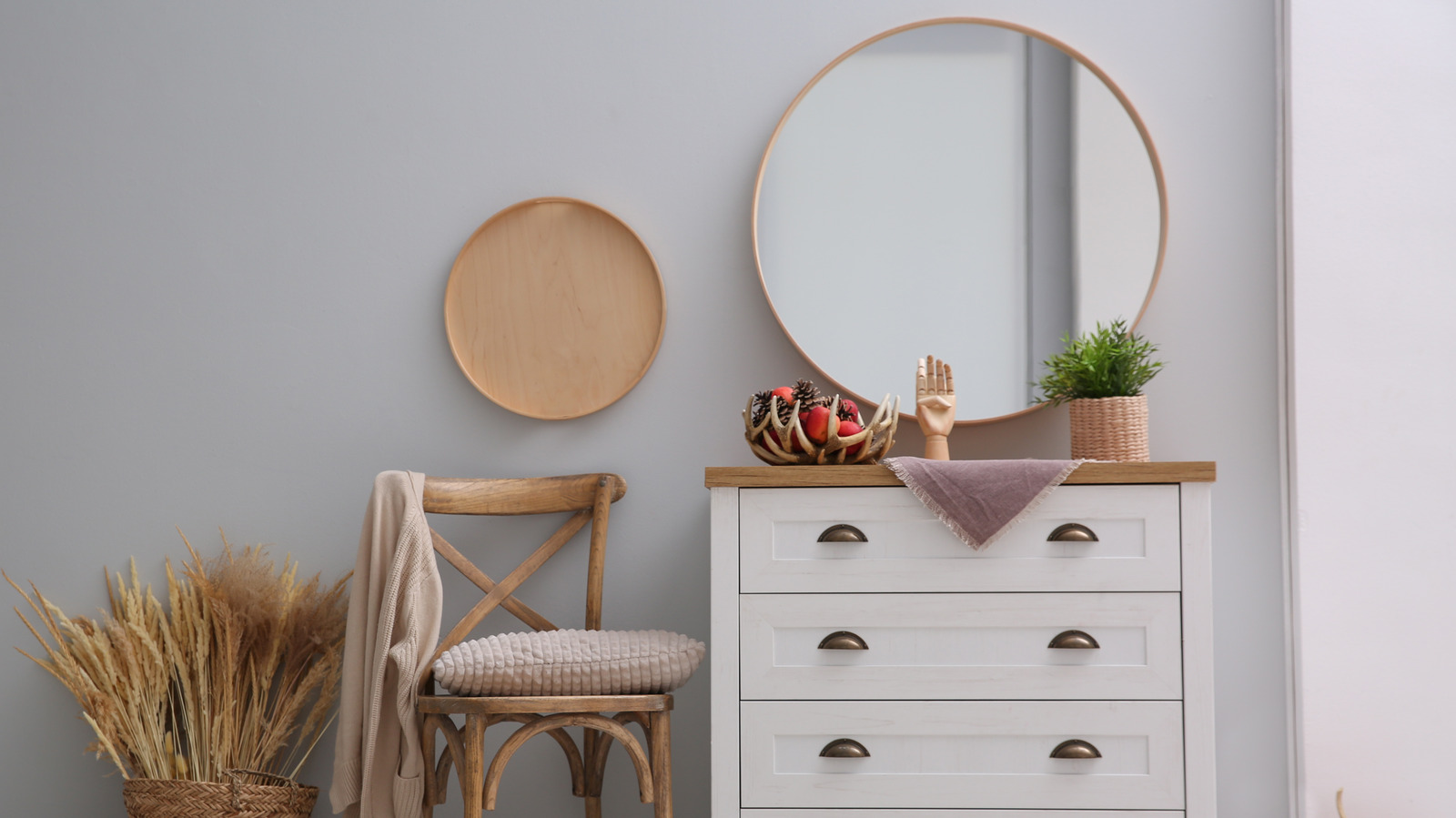

0 thoughts on “How High Should A Light Be Above A Dining Table”